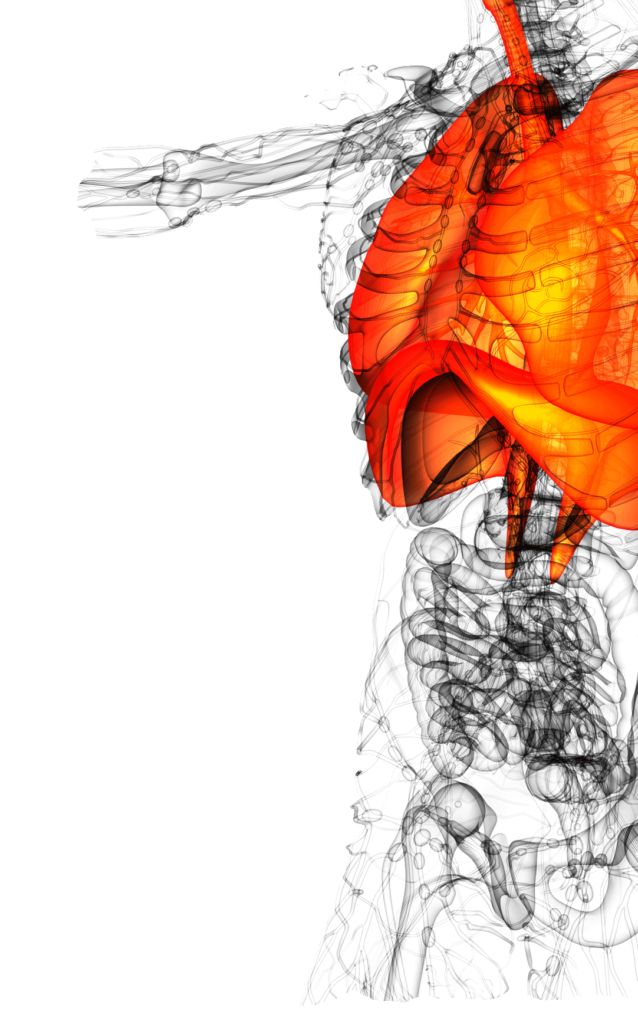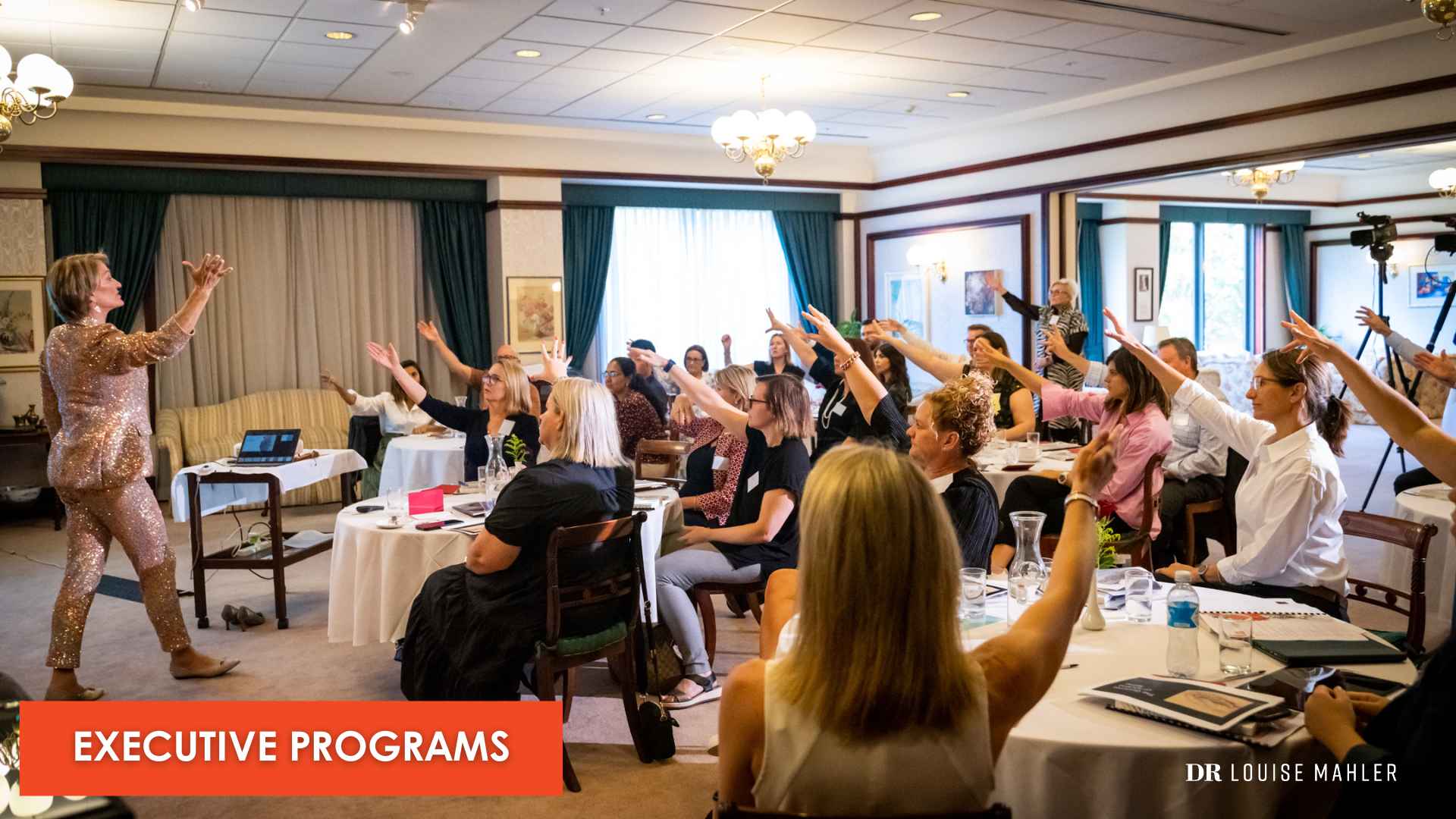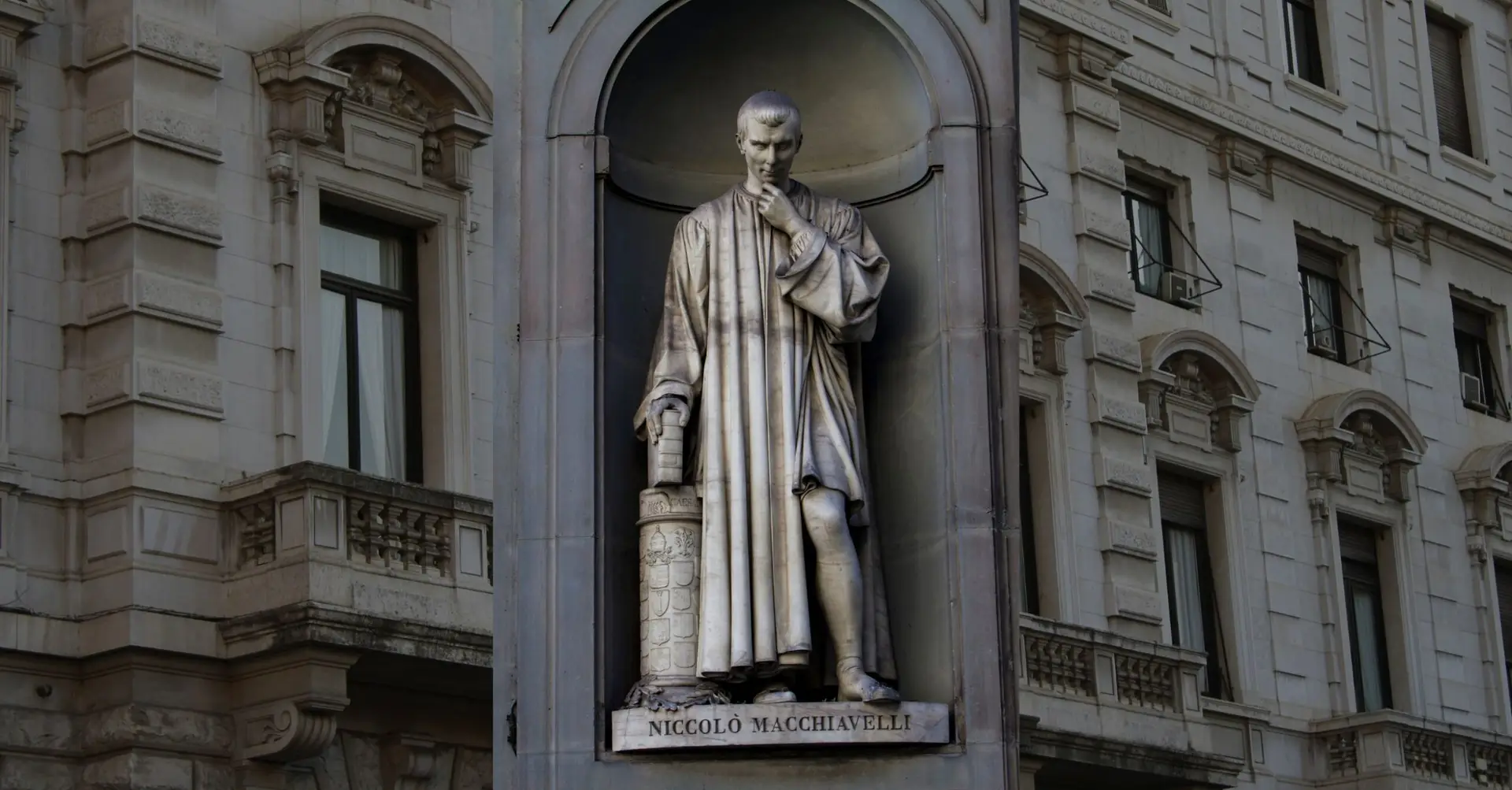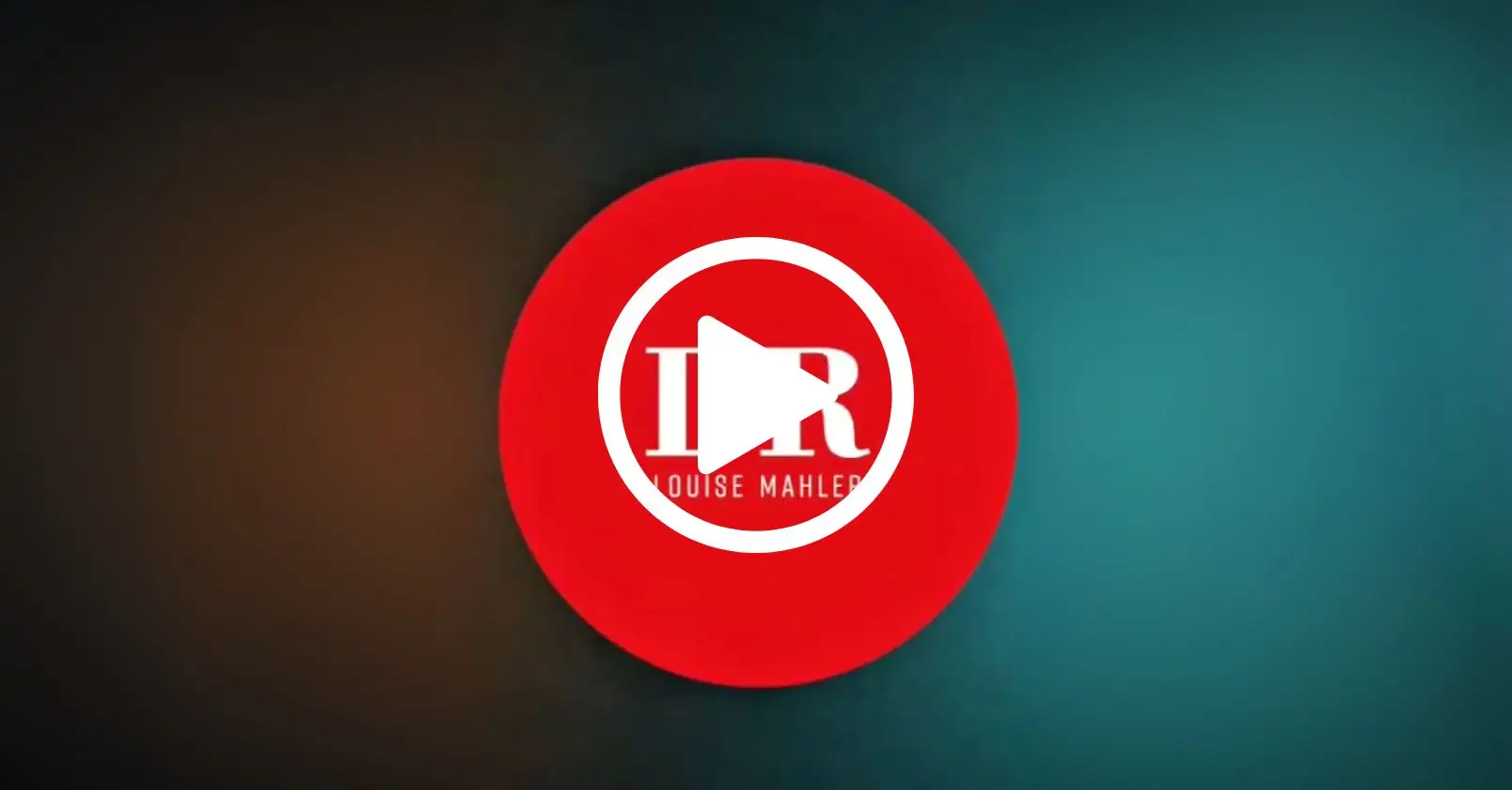How to remember a presentation
Who remembers Edward de Bono’s ‘Six Thinking Hats’? I was speaking to a younger client today (OK everyone is younger) and when I mentioned to him, he interjected “Who’s he?” and I nearly fell over. (If you think that’s odd, I mentioned Gough Whitlam one day in a presentation and was greeted with blank faces. Which leads me to the Australia Day ad with Sam Kekovich. Stop, Louise) A loss of knowledge and even wisdom is fascinating.
Which I guess is the impetus for writing my book Gravitas and thank you Craig (you know who you are) for inspiring me to write this note about memory.

You see, those Ancient Romans actually knew how to remember a presentation and, although this might be my language, not theirs, they knew not to:
-
read
-
learn off-by-heart or
-
freewheel
There are actually good reasons these things don’t work.
You may not realise it, but engaging with a group and reading a piece of paper are two completely different eye foci. One is expanded awareness, and the other is focused on a point. You simply cannot switch between the two more than a couple of times fast. It’s just not possible.
Have you ever felt you would ‘just have the notes there, in case’ and then found yourself becoming frustrated. Pretty early on you have to make a choice to read the notes or dump them.
You could learn off-by heart. Isn’t that what actors do? Well, actors learn it and then do a classic 6 weeks rehearsal before a show to sound half decent (+ a lifetime of training). You don’t have that luxury. Sometimes with coaching clients, I start improvising and they start madly writing down every word, even from the most basic “Good Morning”. Not a great idea. You can do it for short bursts and you can do it on occasions, but it is never a long term strategy.
Sometimes, I ask people for their structure, and they inform me they make it up as they go. Sure, improvisation is wonderful, but not from whoa to go!
Firstly, if you are doing any of these things, it is not your fault. You are probably exhausted and frustrated with recreating the wheel, because much of this knowledge is left out of our education. What do you do?
Memory Tools
Get a structure. Two rules I use are that the structure is the same every time. Not the content, but the structure. Part of this is in my book Gravitas and I will teach you in my coaching or retreat. It is too much to share here and maybe you have a fabulous one of your own, but get a structure.
Next is that every single thing follows the ancients ‘Rule of 3’.
omne trium perfectum
everything in threes is perfect
Three things are memorable for you and they are memorable for your audience. It is one of the things Trump does constantly and you may be fascinated to follow it over the next 6 months of election time (and, no, I am NOT a Trump supporter and if I was it wouldn’t matter because my comments are never political).
You may now say, but Louise, AI can write my presentation. That may be, but it can’t deliver (OK maybe it can, but not with audience connection). The trick is to combine memory with the way you deliver. You may have many tricks of your own, but here are 5 tools and I’d love you to share yours with us all if you have others.
Five skills of Delivery
- Visual Aid
Back up your structure with pictures or short phrases on your PowerPoint. How often do professional presenters get a glimpse of the next slide to find out what is coming next? All the time!
Props
Seeing an actual prop on stage is great way of remembering what you are about to say. Maybe it is a glass or a coin or a handkerchief. It just has to trigger a memory for you.
-
Roman rooms The Ancient Greeks and Romans had a technique sometimes referred to as the Roman Rooms. Imagine a doll’s house. You might associate different things with different rooms and then walk through the house viewing the furniture, with each item representing a point. You might in fact architecturally design your whole stage/area as a house with different bits of information in different areas. That’s what the ancients did and once you learn this technique you will never look back.
-
Gestures Apart from freeing the body and guiding the eyes of others, gestures are a brilliant memory tool. Use your arms and the space around you to remember information. Place your hand high for one piece of information, half way down your body and then low for the other two pieces of information. You will be surprised how the body can guide the mind.
-
Acronyms and alphabet Don’t just make points in a random order. List your points in alphabetical order or maybe create an acronym with the first letters. You don’t have to share this. It is your secret. For instance, you may want to say there are three reasons why we need to change. These may be: 1. the time is right 2. The cost is right and 3. All staff are begging for something different. That’s a ‘T’ for time, a ‘C’ for cost and an ‘A’ for all. Remember the word CAT and change the order of those points to make it easy.
If you haven’t read Edward de Bono, you might like to know he wrote 85 books and they were translated into 46 languages. Hmmm. Might be worth looking up.
Love to hear your thoughts.

Date: Friday, 7th of June 2024
Time: 9.30am – 4pm
Location: RACV City Club
Create exceptional presence for better leadership and impact







